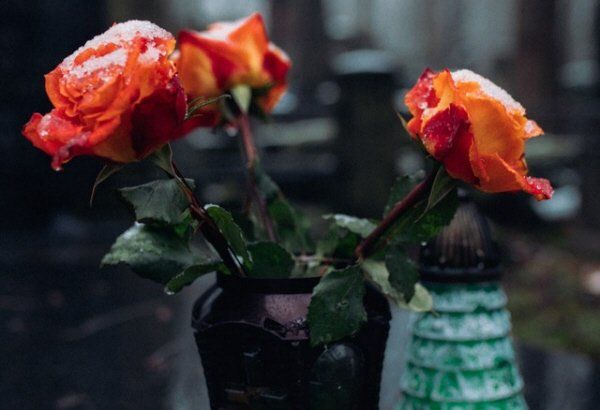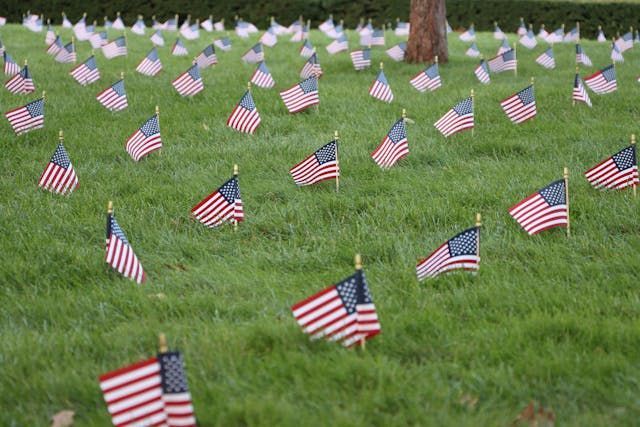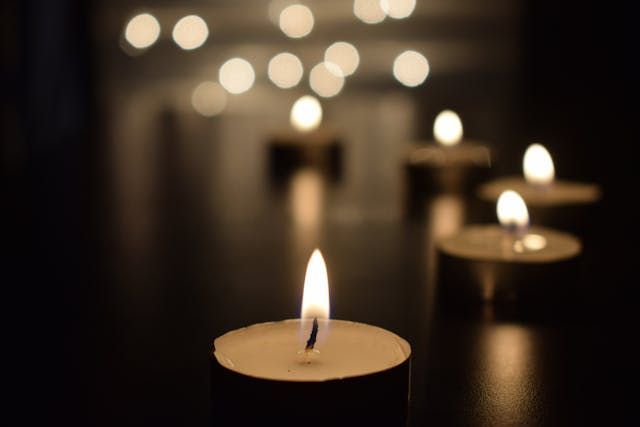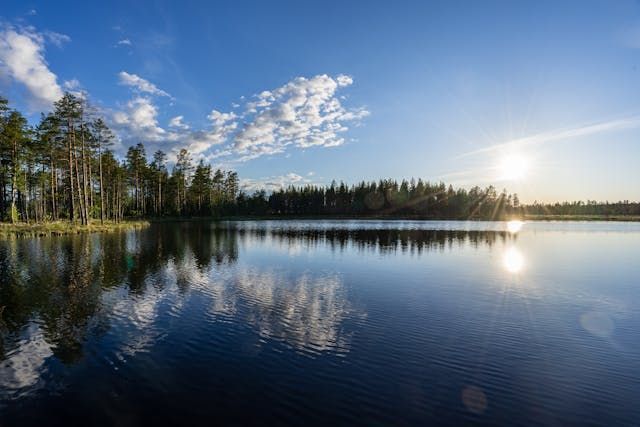A Tour through the History of Cremations
Cremations have a long history that is mostly unknown. In our modern world, we tend to see cremations as a new kind of funeral plan, but it is not. The history is interesting to look at.

Roanoke, VA cremations are becoming more popular than ever as a funeral plan choice. But the practice of cremation is almost as old as the human race. Funeral pyres are prominent in ancient Greek classics like The Odyssey and The Iliad. The Vikings and the Romans cremated their war dead as a way to honor their memories. Geoffrey Chaucer talks about a funeral pyre in England in "The Knight's Tale," the first of The Canterbury Tales. William Shakespeare includes a funeral pyre on which Julius Caesar was burned in his play, Julius Caesar.
In the Hindu, Sikh, and Buddhist religions, almost all deaths end in cremations. In pre-Christianity, most of the pagan religions also practiced cremation after death. However, because part of pagan worship to their gods included the sacrifice of living people by burning them alive, once Christianity became the established religion in Rome, cremations virtually stopped.
Protestant reformers continued to shun the practice of cremation (although it is not condemned, nor even mentioned in the Bible – only the living sacrifices made by fire to pagan gods is – they used the Bible as their reason) and that avoidance came with the Puritans and other Protestants to the New World.
For most of the 20th century, cremations were still largely shunned by religion, but it seemed to become a practical necessity for the indigent population as potter's fields (also known as pauper graves or common graves) began to run out of space.
In the last decade of the 20th century, as religion removed the taboo status from cremations and increased mobility among the American population made cremation a very attractive option, the number of cremations began to rise across the country. Now cremations account for approximately half of all funeral plans.
The ten states that have the highest cremation rates are: Arizona, Colorado, Hawaii, Maine, Montana, Nevada, New Hampshire, Oregon, Vermont, and Washington, The ten states with the lowest cremation rates are: Alabama, Arkansas, Kentucky, Louisiana, Mississippi, South Dakota, Tennessee, Texas, Utah, and West Virginia.
The first crematory was built in the United States in 1876 by Dr. Julius LeMoyne in Washington, PA. The second crematory was built in Lancaster, PA. Part of the push to open crematories across the country was a progressive push by more liberal Protestant denominations and medical professionals. The clergy wanted to reform burial practices, while the doctors were concerned about the health conditions around the country's oldest cemeteries.
By 1913, the Cremation Association of America was formed and 52 crematories were established and almost 100,000 cremations were done that year across the country.
Cremation chambers are built to hold a single body. Strict guidelines and laws are followed to ensure that the process of cremation is dignified and accurate, from start to finish. It's a process that people can trust will be done right.
The cremation remains of the deceased are not ashes. During the cremation process, everything in the body that can burn does. All that is left is whatever metal may have been in the body (plates, screws, pins, and even metal dental fillings) and bone fragments. The metal is removed from the bone fragments. The bone fragments are then pulverized to a very fine consistency that gives the remains the look of ashes.
For additional information about Roanoke, VA cremations, our caring and knowledgeable staff at Lynch Conner-Bowman Funeral Home can assist you. You can visit our funeral home at 140 Floyd Ave., Rocky Mount, VA, 24151, or you can call us today at (540) 483-5533.











